In Photos: Trap-Jaw Ant Babies Grow Up
First phase
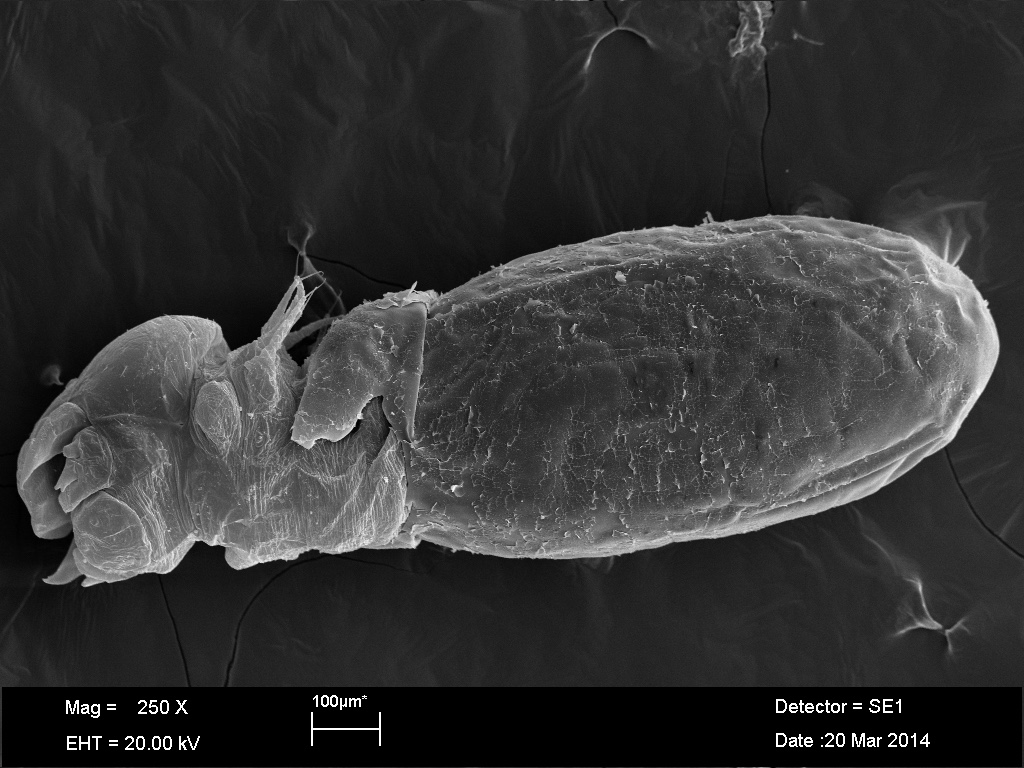
It's not much to look at in the beginning. This is the first larval phase of a trap-jaw ant emerging from its egg. New research published in the journal Myrmecology News finds that trap-jaw ants develop through three larval stages, or instars, before adulthood. It's the first study of trap-jaw ant larvae.
Getting hairy
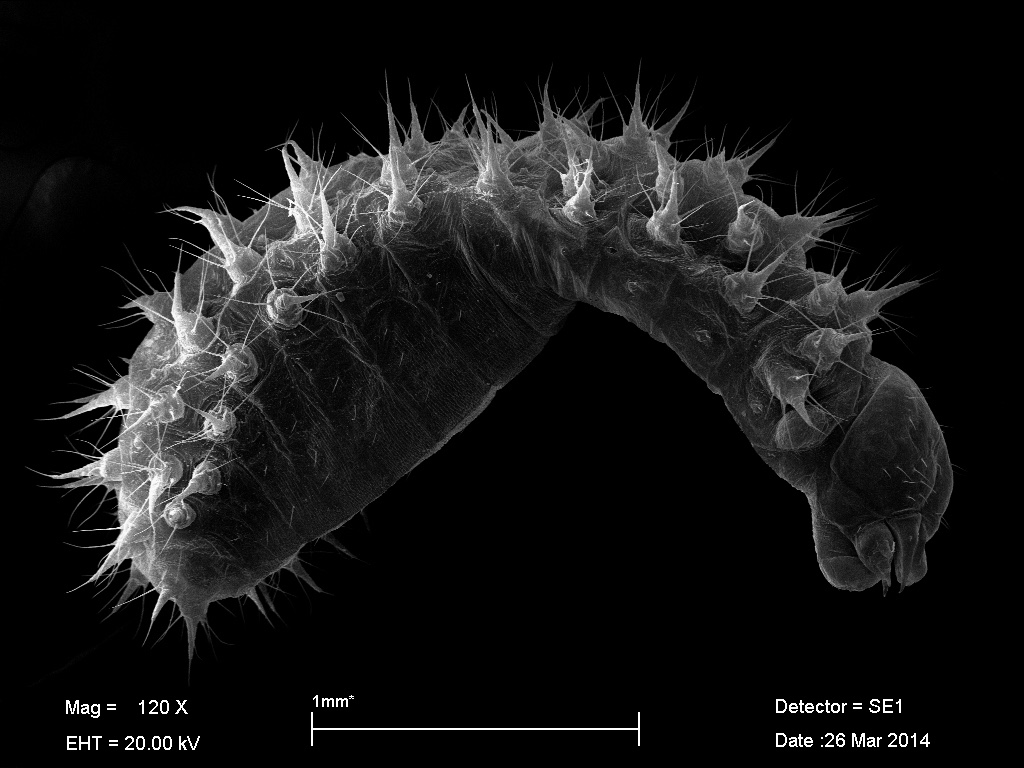
The second instar, or developmental phase of trap-jaw ants involves lots of weird protuberances and spiny hairs. The ants hang their larvae from the ceilings and walls of their nests using some of these protuberances, particularly a set of doorknob-shaped lumps on the larva's back.
Doorknobs
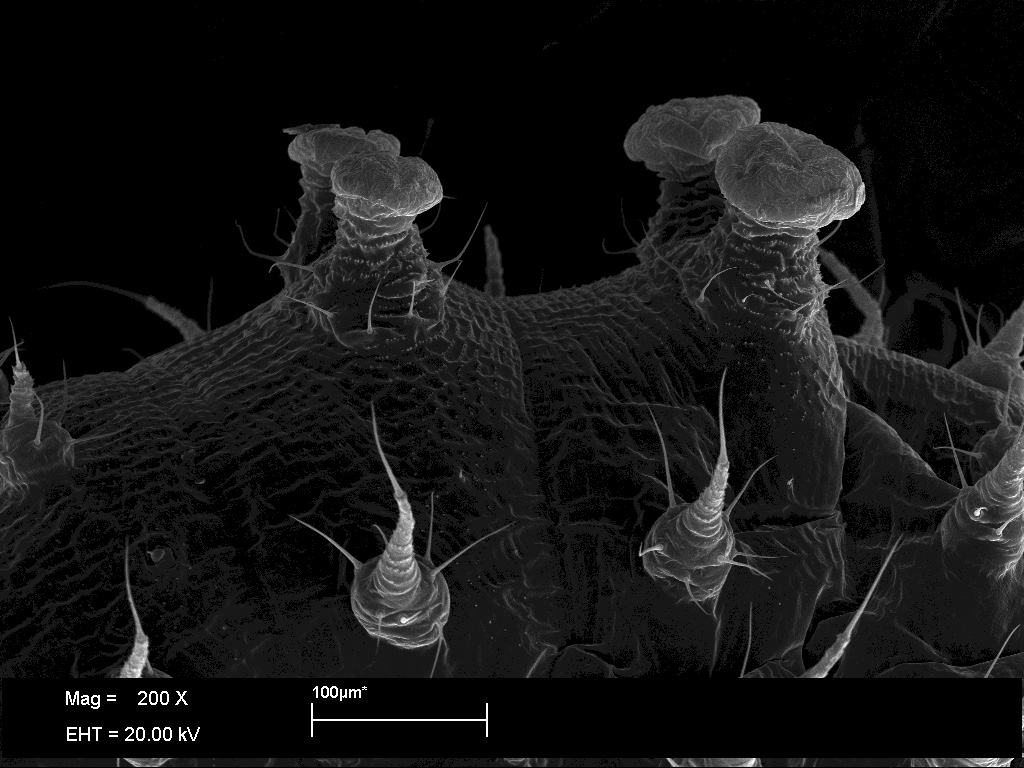
These weird "doorknob" protuberances appear on the backs of trap-jaw ant larvae during the first and second phases of larval development. They're used to hang the developing larvae from the ceiling or wall of the nest. In the third phase of development, these doorknobs disappear and the developing larvae are arranged on the nest floor.
What big jaws you have
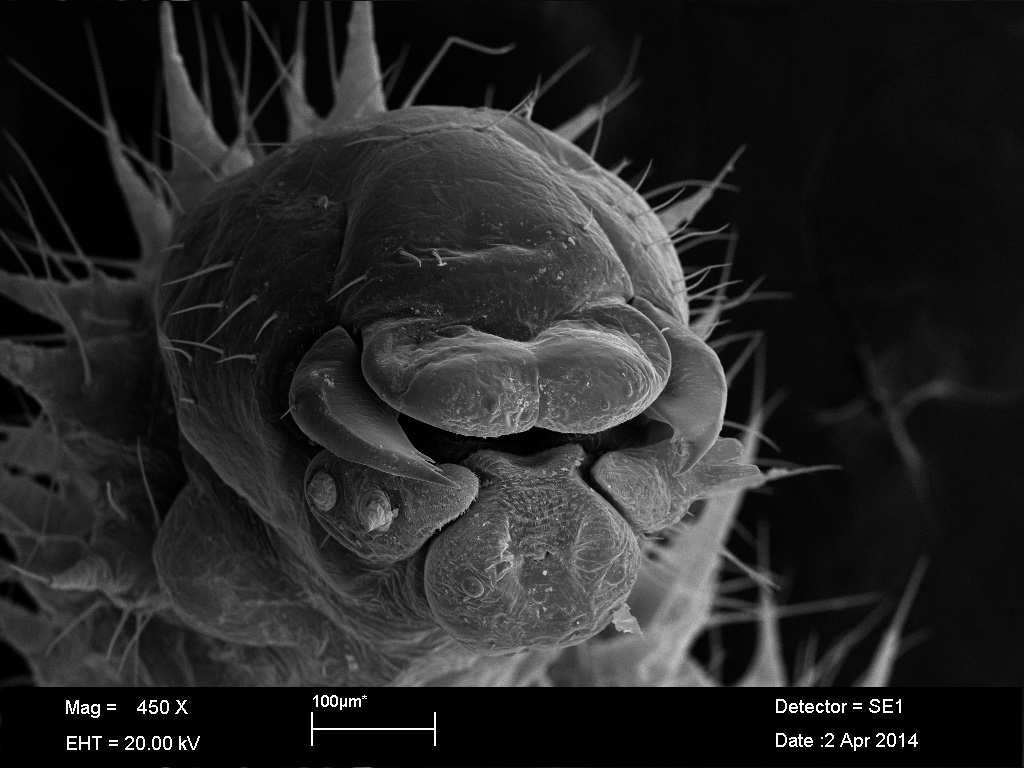
The head and mouthparts of a trap-jaw ant in the second stage of larval development. Only about 0.4 percent of the 16,000 known ant species have been studied in the larval stage, making this a rare view indeed. Trap-jaw ants (genus Odontomachus) are found in tropical and subtropical areas and are known for their large, hair-trigger mandibles. They use their jaws both for delivering nasty bites to predators and prey and as a sort of spring-loaded propulsion mechanism to help them jump backwards if they need to escape a situation.
Growing up
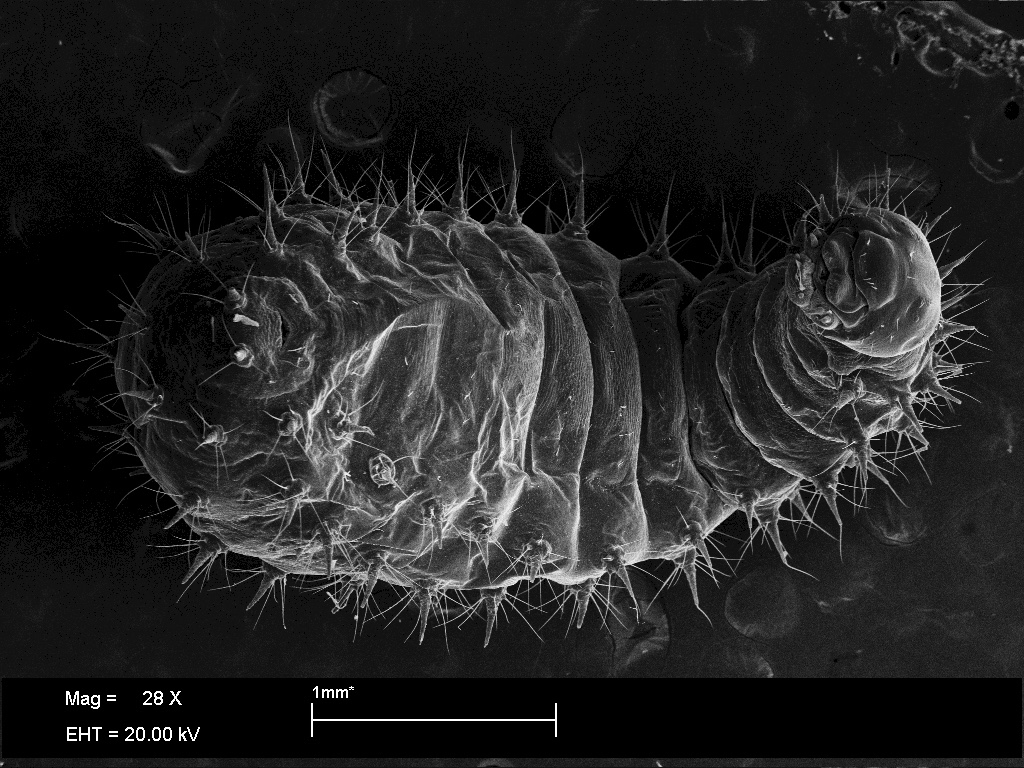
It's a bouncing baby ant! This is a view from the top down of a trap-jaw ant larvae in its third and final larval stage of development. Researchers say that understanding the ants' development will help answer questions like when larvae differentiate between different roles, such as worker or queen.
Ant silk
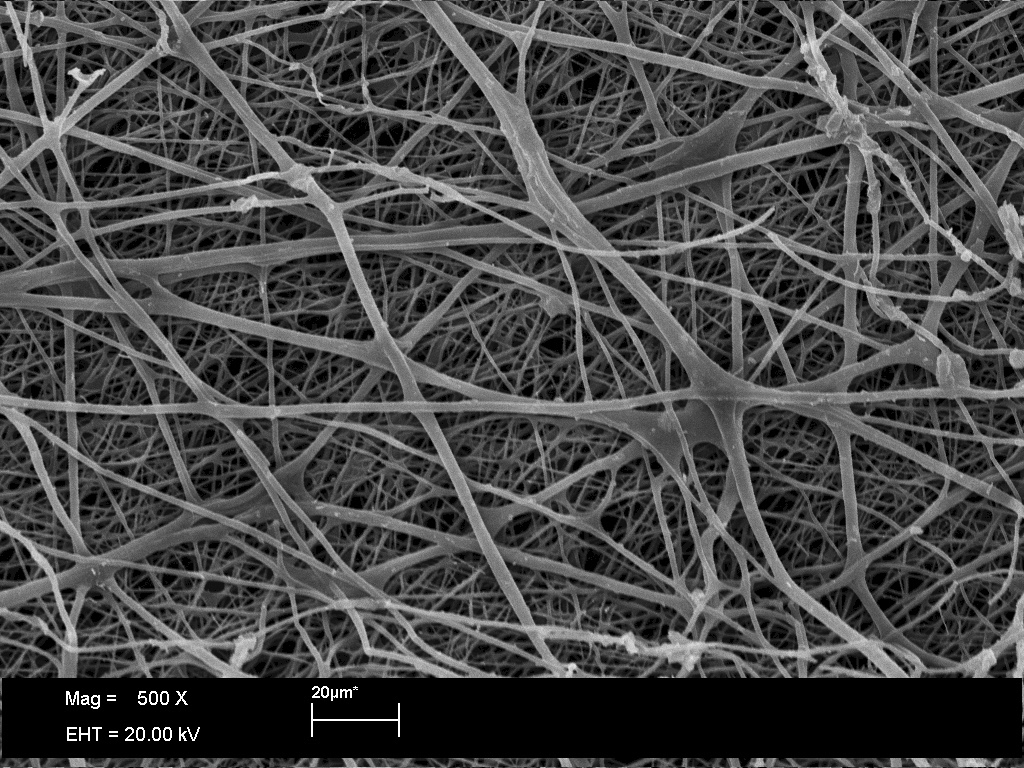
At the end of the third instar, or stage, of larval development, the growing larvae spins a silken case around itself for the pupal stage of development. The larvae spin this silk from appendages called pseudopalps.
Face to face
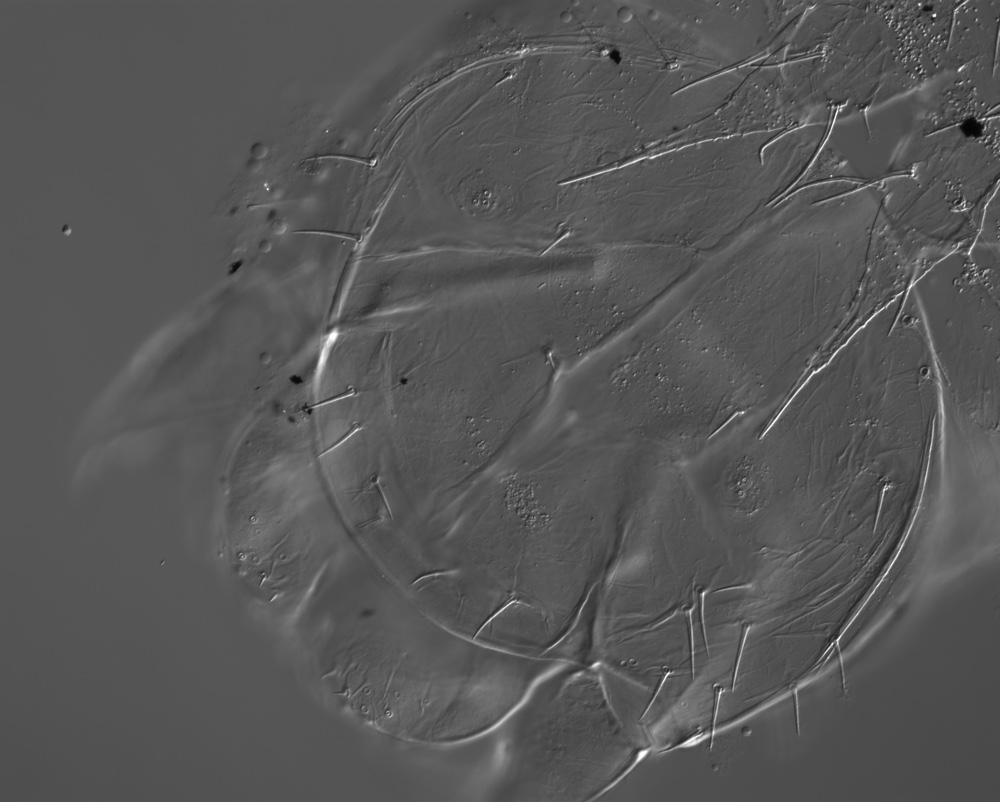
A light microscopy image of a mounted specimen of the trap-jaw ant Odontomachus brunneus. This species is found in parts of Central America and the southeastern United States.
In living color
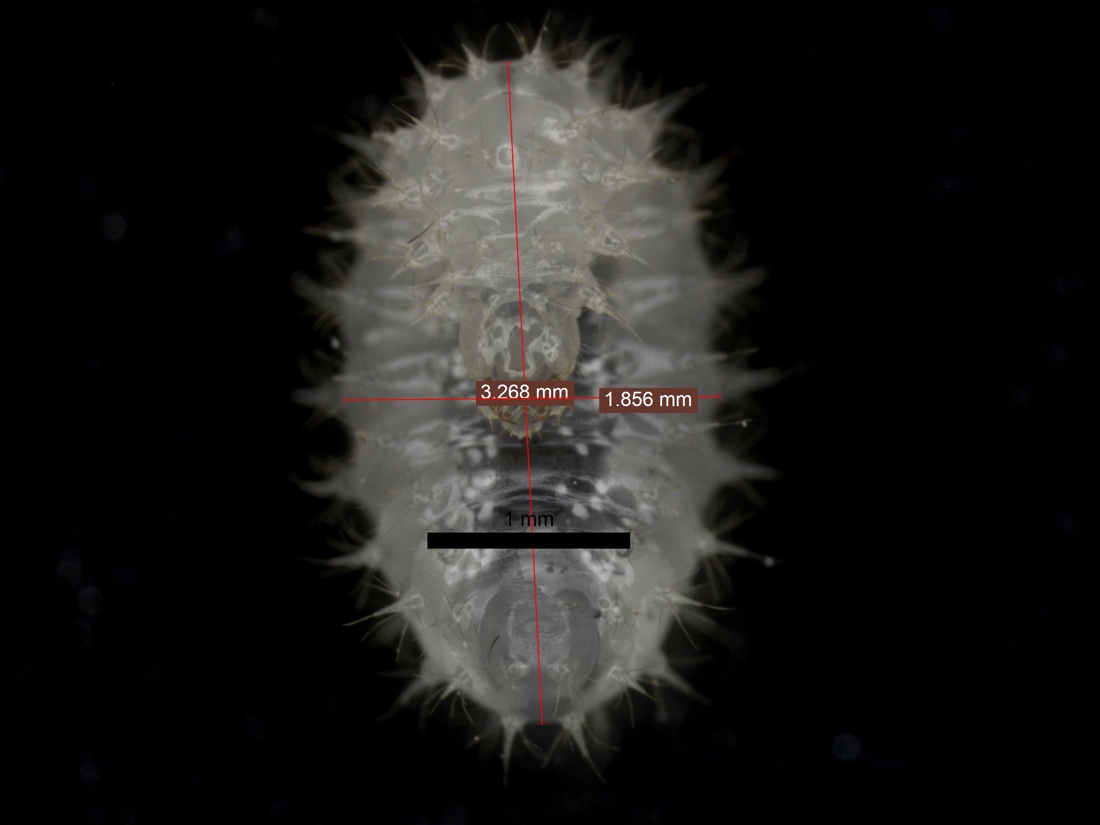
A live specimen of a larva of the trap-jaw ant Odontomachus brunneus. The spikes and protuberances that decorate the blobby larva's body are visible. The larva is about 0.1 inch (3.2 millimeters) long and 0.07 inches (1.8 mm) wide.
Serious mandibles
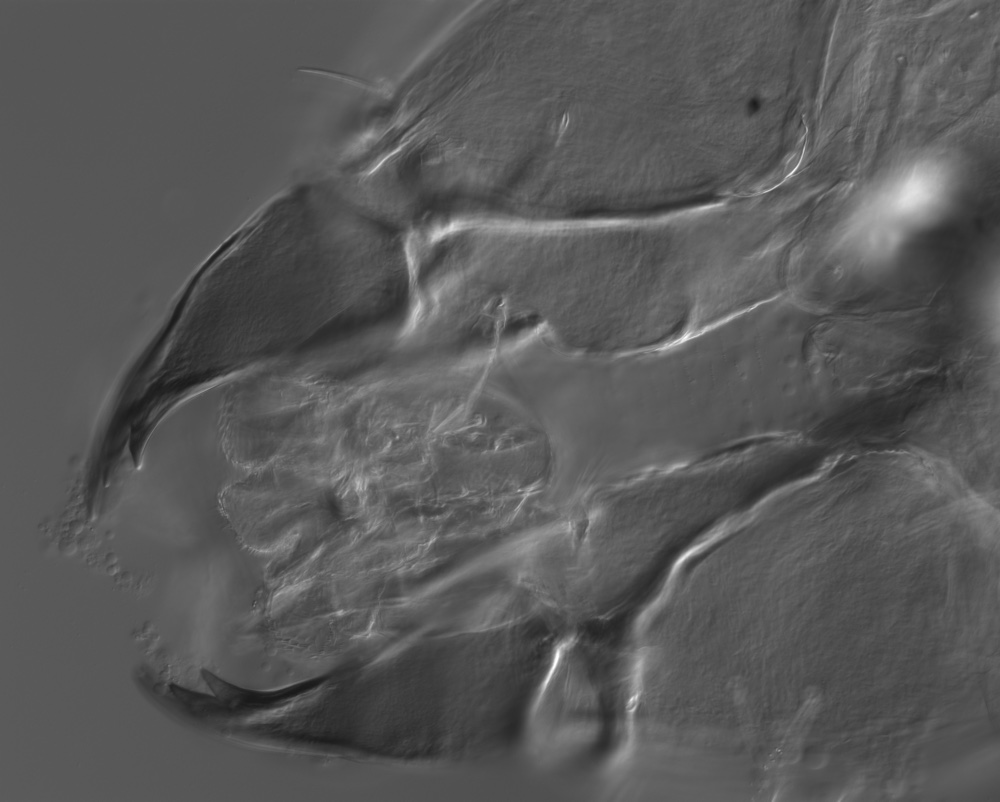
Odontomachus brunneus mouthparts seen under a light microscope on a mounted specimen. Adult trap-jaw ant mandibles snap shut when something touches the hair-like sensors inside them. They can move at speeds up to 210 feet (64 meters) per second.
Developing head
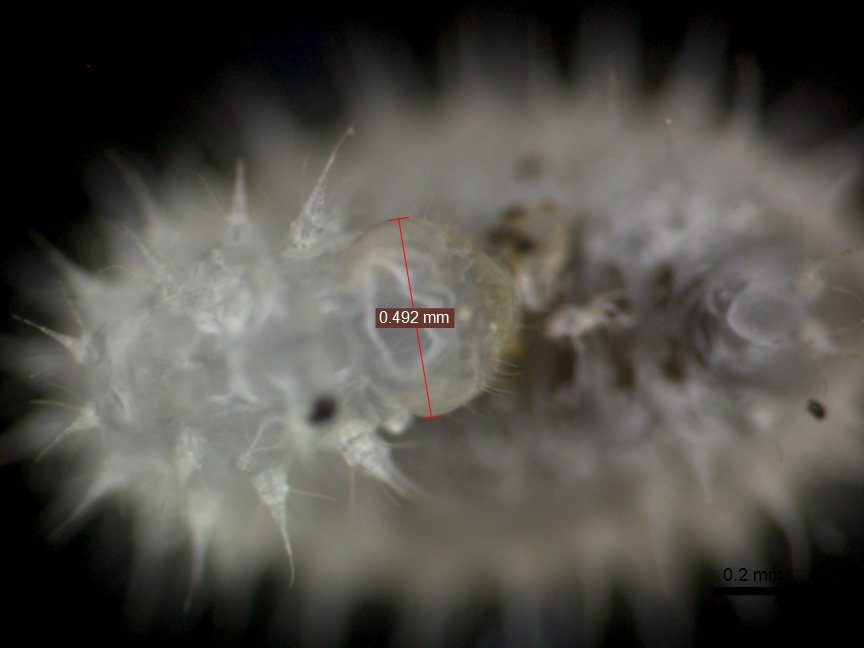
A microscope view of the head of a developing Odontomachus brunneus larva. The head is just 0.02 inches (0.49 mm) across.
Sign up for the Live Science daily newsletter now
Get the world’s most fascinating discoveries delivered straight to your inbox.

Stephanie Pappas is a contributing writer for Live Science, covering topics ranging from geoscience to archaeology to the human brain and behavior. She was previously a senior writer for Live Science but is now a freelancer based in Denver, Colorado, and regularly contributes to Scientific American and The Monitor, the monthly magazine of the American Psychological Association. Stephanie received a bachelor's degree in psychology from the University of South Carolina and a graduate certificate in science communication from the University of California, Santa Cruz.










